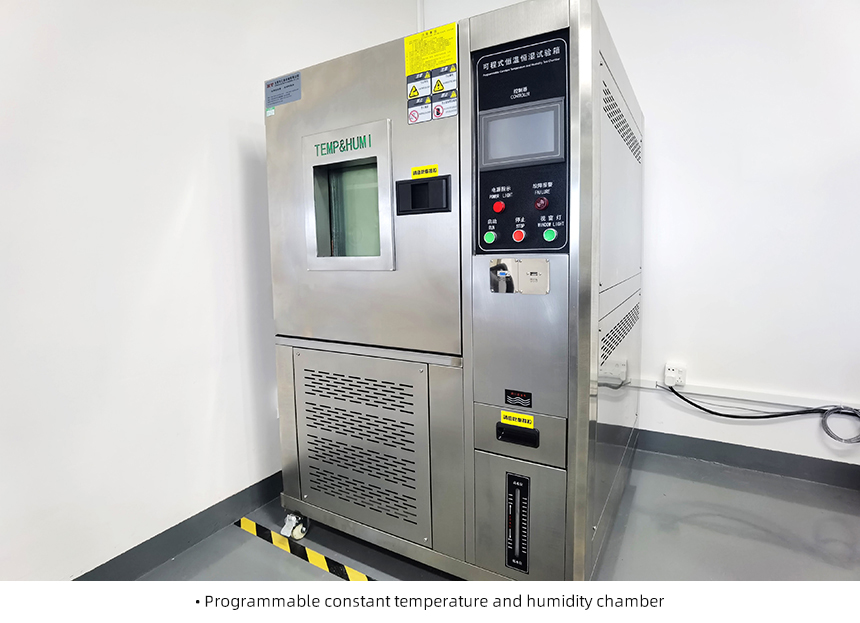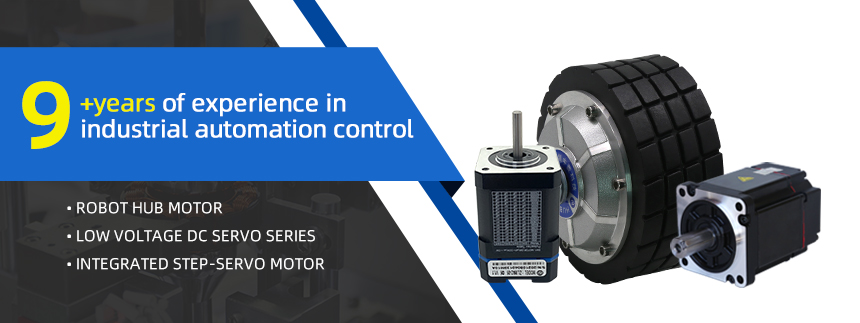The temperature rise is a very important performance of the motor, which refers to the value of the winding temperature higher than the ambient temperature under the rated operation state of the motor. For a motor, is the temperature rise related to other factors in the operation of the motor?
About Motor Insulation Class
According to heat resistance, insulation materials are divided into 7 grades: Y, A, E, B, F, H C, and the corresponding extreme working temperatures are 90°C, 105°C, 120°C, 130°C, 155°C, 180°C and above 180°C.
The so-called limit working temperature of insulating material refers to the temperature value corresponding to the hottest point in the winding insulation during operation of the motor within the design life expectancy.
According to experience, the lifespan of A-grade materials can reach 10 years at 105°C and B-grade materials can reach 10 years at 130°C. But in actual conditions, the ambient temperature and temperature rise will not reach the design value for a long time, so the general life span is 15~20 years. If the operating temperature exceeds the limit operating temperature of the material for a long time, the aging of the insulation will be aggravated and the service life will be greatly shortened. Therefore, during the operation of the motor, the ambient temperature is one of the main factors affecting the life of the motor.
About Motor Temperature Rise
The temperature rise is the temperature difference between the motor and the environment, which is caused by the heating of the motor. The iron core of the motor in operation will generate iron loss in the alternating magnetic field, copper loss will occur after the winding is energized, and other stray losses will be generated. These will increase the motor temperature.
On the other hand, the motor also dissipates heat. When the heat generation and heat dissipation are equal, the equilibrium state is reached, and the temperature no longer rises and stabilizes at a level. When the heat generation increases or the heat dissipation decreases, the balance will be destroyed, the temperature will continue to rise, and the temperature difference will be expanded, then the heat dissipation should be increased to reach a new balance at another higher temperature. However, the temperature difference at this time, that is, the temperature rise, has increased compared with before, so the temperature rise is an important indicator in the design and operation of the motor, which indicates the degree of heat generation of the motor.
During the operation of the motor, if the temperature rise suddenly increases, it indicates that the motor is faulty, or the air duct is blocked, or the load is too heavy, or the winding is burned out. 
The Relationship Between Temperature Rise And Temperature And Other Factors
For a motor in normal operation, theoretically, its temperature rise under rated load should be independent of the ambient temperature, but in fact it is still affected by factors such as ambient temperature.
(1) When the ambient temperature drops, the temperature rise of the normal motor will decrease slightly. This is because the winding resistance decreases and the copper loss decreases. For every 1°C drop in temperature, the resistance drops by about 0.4%.
(2) For self-cooling motors, the temperature rise increases by 1.5~3°C for every 10°C increase in ambient temperature. This is because the winding copper losses increase as the air temperature rises. Therefore, temperature changes have a greater impact on large motors and closed motors.
(3) For every 10% higher air humidity, due to the improvement of thermal conductivity, the temperature rise can be reduced by 0.07~0.38°C, with an average of about 0.2°C.
(4) The altitude is 1000m, and the temperature rise increases by 1% of the temperature rise limit value for every 100m liter.
The Temperature Limit Of Each Part Of The Motor
(1) The temperature rise of the iron core in contact with the winding (thermometer method) should not exceed the temperature rise limit of the winding insulation in contact (resistance method), that is, the A class is 60°C, the E class is 75°C, and the B class is 80°C, Class F is 105°C and class H is 125°C.
(2) The temperature of rolling bearing should not exceed 95℃, and the temperature of sliding bearing should not exceed 80℃. Because the temperature is too high, the oil quality will change and the oil film will be destroyed.
(3) In practice, the temperature of the casing is often based on the fact that it is not hot to the hand.
(4) The stray loss on the surface of the squirrel cage rotor is large and the temperature is high, generally limited to not endangering the adjacent insulation. It can be estimated by pre-painting with irreversible color paint.
Shenzhen Zhongling Technology Co., Ltd. (ZLTECH for short) is a company that has long been committed to motor and driver industrial automation. Its products have been sold all over the world, and it has been recognized and trusted by customers because of its high stability. And ZLTECH has been in a leading position in the industry, and has always adhered to the concept of continuous innovation to bring customers the best products, a complete R&D and sales system, to provide customers with the best buying experience.
Post time: Dec-20-2022

